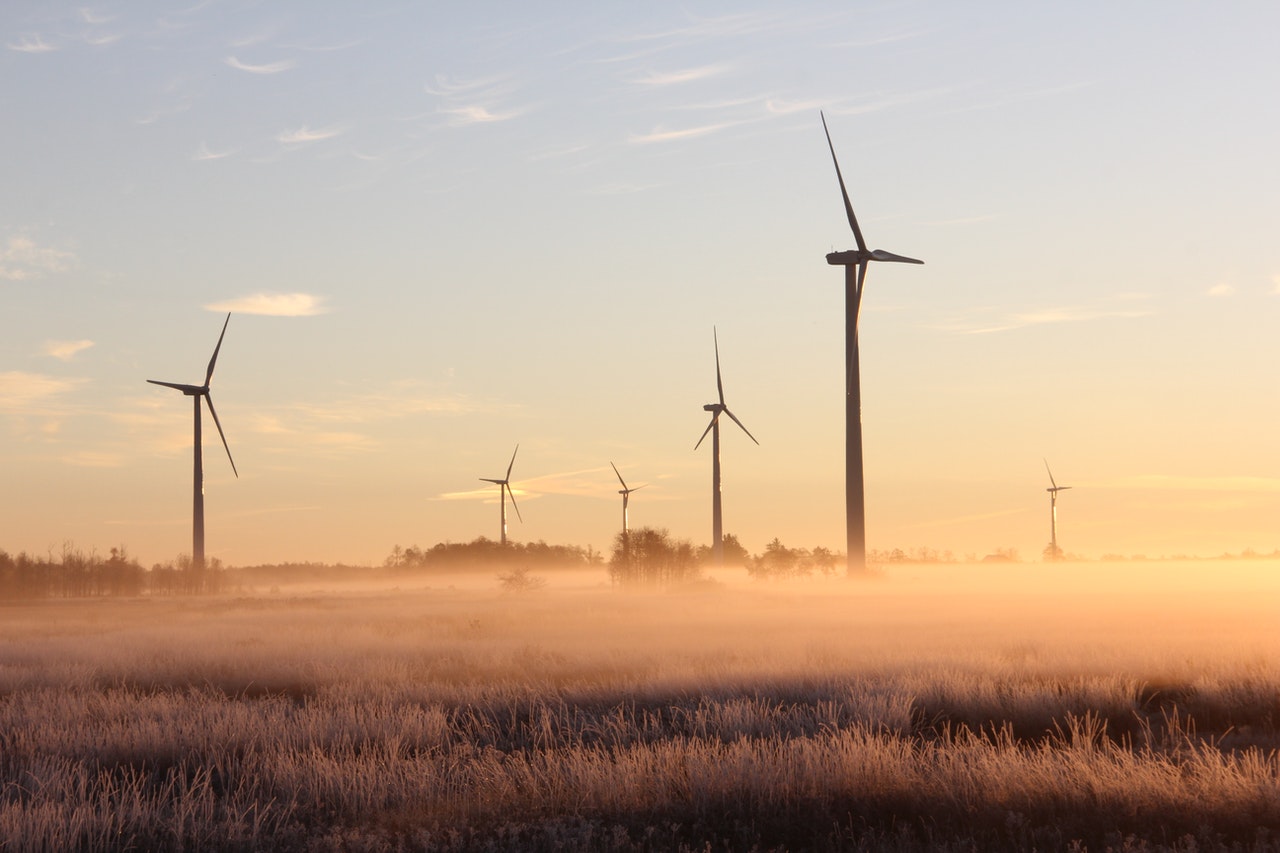A report by independent climate think tank Ember found that EU wind and solar deployment is not fast enough to achieve renewable growth and meet global climate targets due to a lengthy permit process, Reuters reported.
To reach the goal of limiting global warming to 1.5°C, the EU will need an additional 76 GW of renewable energy sources (RES) by 2026. But Ember forecasts that only an additional 38 GW will be deployed over the next four years.
Wind energy is growing slower than solar, averaging 10 GW per year since 2018, and will only reach 54% of the required growth in 2026. Finland, Croatia, Lithuania and Sweden are the only countries expected to achieve a high enough annual increase in wind power to meet the target.
“Europe is facing implementation gaps. Higher targets have yet to translate into accelerated action on the ground,” said Ember analyst Harriet Fox.
The 27-country bloc is trying to diversify its energy sources as gas supplies from Russia slow, and Vedomosti reported. Ecology has developed a contingency plan to limit consumption this winter.
According to Ember analysts, one of the main reasons for the slow implementation of the set goals and reaching a steady renewable growth is the long process of issuing permits. It takes many years for countries to complete spatial planning, obtain building permits, conduct environmental testing, and connect to the grid.
For example, in Romania, these processes take from 30 months, and in Croatia – it takes up to 120 months. At the same time, EU law states that the process of issuing a permit should not exceed two years for member states.

